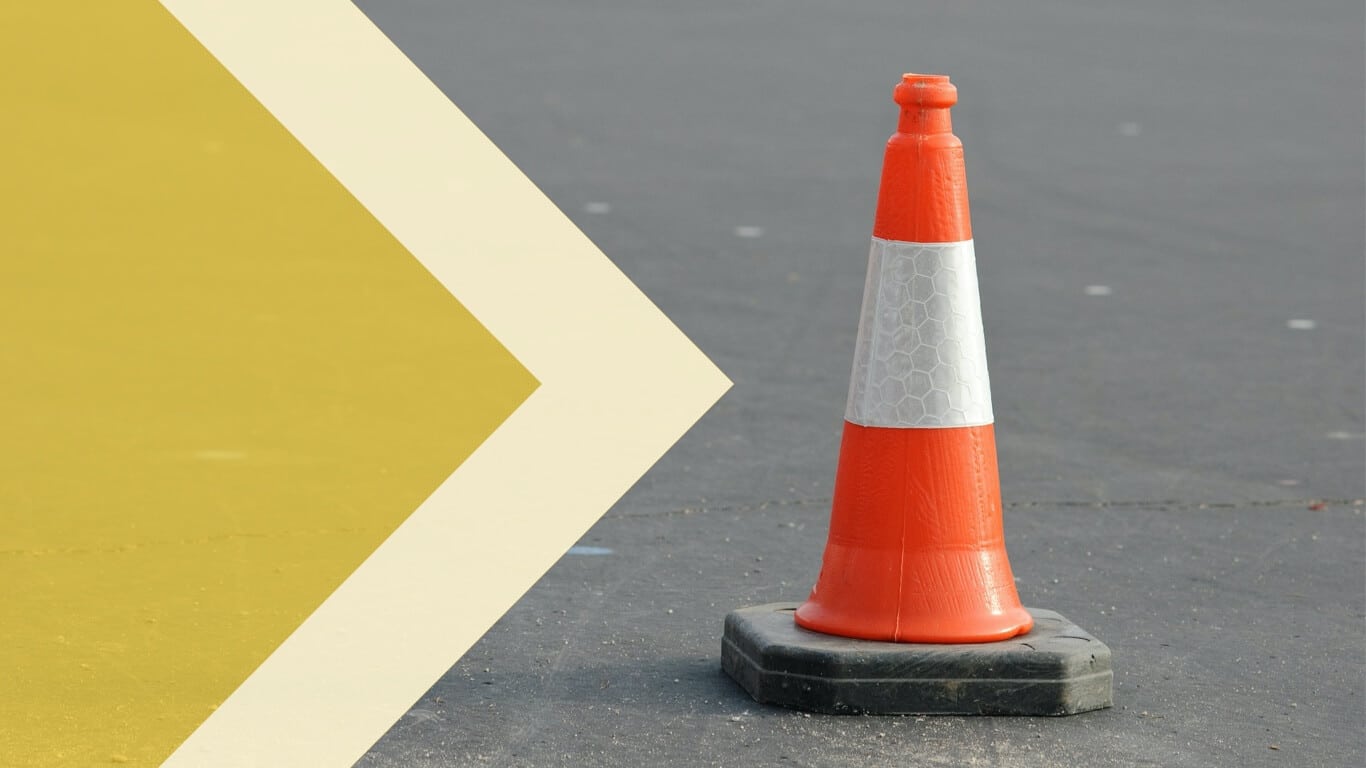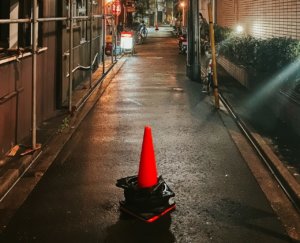Whether you love them or hate them, there’s no denying that traffic cones are a versatile way to attract attention. What’s the story behind this genius invention that can be quickly used in a diverse range of traffic situations?
It really is one of the simplest safety concepts around. Traffic cones are shaped to be eye-catching, with a stable base. They are easy to stack and move around, and they can be manufactured in large numbers at a low cost, which is why there are an estimated 140 million of them currently ‘dotted’ around the world!
Their design may have got more varied and in some cases become technologically advanced, but the fact still remains that traffic cones work brilliantly. Especially when you need to guide vehicles, equipment or humans along a route, as a temporary traffic control measure.
Just for fun, here are some interesting statistics and facts about traffic cones.
Who invented traffic cones?
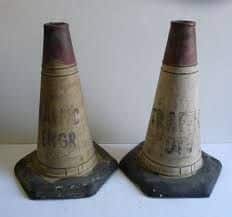
The first version was created by American Charles D. Scanlon. He was a street painter employed by the City of Los Angeles. Scanlon found the traditional wooden tripod road markers and barriers frustrating to constantly repair and repaint, due to regular contact with passing vehicles.
To replace these cumbersome options, he invented a rubber cone which could be clearly seen, but which righted itself undamaged when scuffed or hit.
When did traffic cones arrive in the UK?
The first time traffic cones were used on British roads was in 1958. They were utilised when the UK’s first motorway was built. It was a stretch of the M1 that bypassed Preston (Lancashire), now rechristened the M6.
Interestingly, these first UK traffic cones replaced red lantern-shaped paraffin burners traditionally used for road construction projects. They sound a health and safety nightmare!
What are traffic cones made of?
Some of the earliest versions of traffic cones were concrete. Now, they are manufactured from lightweight and highly durable thermoplastic or rubber. This also ensures they don’t damage anything that makes contact with them, even at high speeds.
Why are traffic cones like a witches hat?
There are now many different versions of traffic cones, including some with additional features such as chains, lights, noises, symbols and wording. However, they are always shaped like a witches hat.
This is quite simply the most ergonomically perfect shape. A firm base with a tampered top makes them stand proud even in strong breezes and they often self-rectifying when knocked. They are also visually obvious and efficient to store, and you can stack and unstack them quickly.
Why do they get called ‘pylons’?
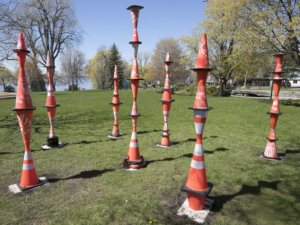
It’s commonplace in road construction and management to hear of traffic cones referred to as pylons or ‘pile-ons’. This is because they stack so neatly and easily by piling them one on top of the other.
Apart from students, does anyone collect traffic cones?
Setting aside the drunken use traffic cones as hats, there are folk who make a hobby out of legitimately collecting different versions. According to the Guinness Book of Records, a chap in the Cotswolds has gathered 500, in 137 variations. He must have a big shed!
Do traffic cones ‘walk’?
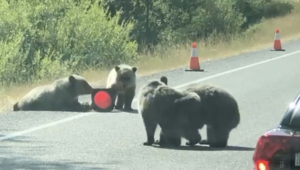
Light fingered members of the public do sometimes help themselves to traffic cones for their own use. In the USA this is believed to amount to a million traffic cones stolen every year!
This is not just theft. In the UK it also contravenes Section 22A of the Road Traffic Act 1988. This makes it a criminal offence to interfere with traffic equipment including traffic cones.
For the clear reason that the cones are there for a purpose, and you could put someone in danger if you move or take them.
Traffic cones in strange places
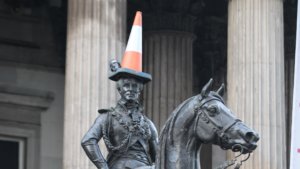
It’s not uncommon to see these pointy traffic control items in trees, on top of public statues and artwork, and even riskily placed on traffic lights, flagpoles and lampposts.
In 1992, their proliferation became a public issue. Then Prime John Major created a Cone Hotline for people to check roadwork activity, so they could report when traffic cones were serving no legitimate purpose. Not surprisingly, the resources were later ‘pointed’ to more pressing needs.
Many options, for many purposes
It’s common to see traffic cones in orange, though this appears largely historic as any bright colour serves as a clear road guide or warning. The unchanging design element is the fluorescent strips that enable cones to be seen at night.
Beyond that, you can buy traffic cones in different sizes and colours, that emit sounds, flash, or just serve a very important purpose with quiet efficiency.
